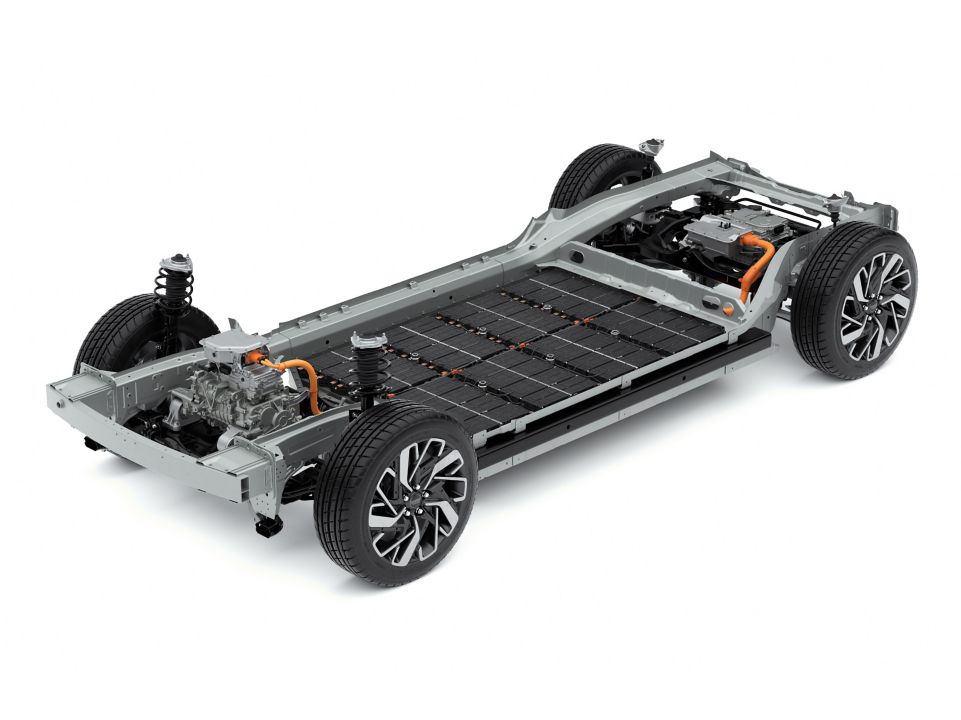In this article, you will know important facts about EV batteries.
Battery is the most important part of the electric vehicle for safety and performance. Three main challenges of the Battery Electric Vehicles to grow are cost, range anxiety and safety. Surprisingly all three issues are directly related to the EV batteries. That means the motor and drive technology is mature enough to provide competitive performance and reliability. Whereas the battery technology is still growing continuously, to achieve better performance and reliability.
In this article, some important points about EV batteries are covered which must be considered by an engineer dealing with EV Projects. It will help researchers in understanding current issues and scope of improvement in electric vehicles.

Following five facts about EV Batteries must be known to you.
- Temperature withstand capacity of the battery is different during charging than that during discharging.
- Batteries can not be charged below °C.
- Battery also needs a heating system.
- Fast charging is too costly
- Battery temperature must be controlled and maintained below 70°C.
Let’s understand it in more detail.
What is the temperature withstand capacity of EV Batteries?
Temperature withstand capacity of the EV battery is different during charging than the normal operation of supplying current to the load.
EV Batteries are designed to perform best at ambient temperature 20°C to 25°C.
In general, EV batteries can withstand -30°C to 50°C during normal operation. Whereas while charging, this capacity is 0°C to 50°C.
Why need a cooling and heating system?
Thus EV Batteries can not be charged below 0°C.Thus EV Batteries sometimes need both cooling as well as heating systems to get the best performance.
Why Is Temperature Monitoring and Control a Must?
There might be a question in your mind about at which temperature battery may fail.
Thermal runaway can occur at high temperatures from 70°C to 100°C. This chain reaction may destroy the battery and can also harm the human being. So it is most important to control, monitor and maintain the temperature of the battery, not only for better performance, but first for the safety and protection.
This is why maintaining optimum temperature of EV Battery is the critical requirement of EV Industry.
Now you can understand why Tesla uses a battery preheating system in some models to achieve the performance of 0 to 60 mph in 2 seconds.
Why is Fast Charging more costly?
Batteries must be cooled down during fast charging. During fast charging, very high current passes through the battery which results in excessive heat. Thus to enable fast charging in electric cars, it requires liquid cooled batteries. Liquid cooling systems used water or other coolant to extract the heat from the battery by pumping the coolant. So it provides a faster cooling than the air cooled batteries. But on the down side, it adds more components like heat exchanges, pumps, valves and numbers of temperature sensors. It results in an increase in size and cost of the battery.

Conclusion:
So , an engineer, looking for the problem to start their research career in the electric vehicle industry, must study the thermal management of the battery pack as well as sensing, monitoring and controlling the temperature.
Read more articles about Electric Vehicles. You can find valuable study material on Electric Vehicle at Rhyni Tech Skills.
